Wesleyan University academics argue “unnatural” forests, resulting from fire suppression policies, deplete water supplies and should be cut back. We disagree.
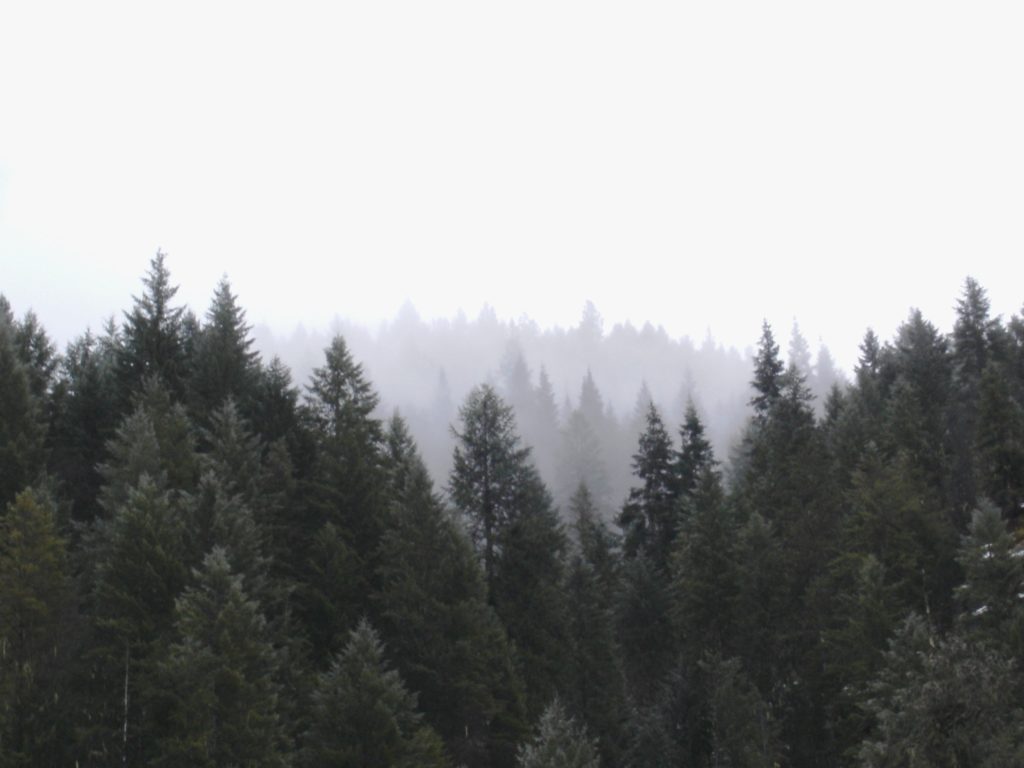

A Reasoned Response to: Our Too Thirsty Forests: Federal Fire Suppression Policy Has Led to an Overabundance of Trees
Helen M. Poulos and James G. Workman on ‘Unnatural Trees’. An interesting notion, a variation on an old logging industry saw, put forward in a major newspaper: “Too-thirsty forests.” Pesky “unnatural” trees, they say, steal the water meant to bathe the kids in the backyard while sprinkling the azaleas, that moisten fields of rice and grains central to the gringo economy, a resource traded between state and international water agencies as if playing Go-fish. The Los Angeles Times opinion-editorial begins like this:
Today, the hottest and thirstiest parts of the United States are best described as over-forested. Vigorous federal protection has stocked semiarid regions of public land with several billion trees too many. And day after day these excess trees deplete a natural resource that has become far more precious than toilet paper or 2-by-4’s: water.
Let us ponder what is a healthy, natural forest? Some in the timber industry and the US Forest Service declare that pre-European-contact forests were “open and parklike,” as opposed to the thick density of contemporary wildernesses, tangled with small trees that survived because of “unnatural” fire suppression, making them prone to catastrophic conflagrations and disease. They recommend thinning and prescribed burns.
While it is indisputable that fire suppression has damaged forest ecosystems in the United States, and natural or prescribed burns can have some positive effect, one might see other forces at work in this advocacy.
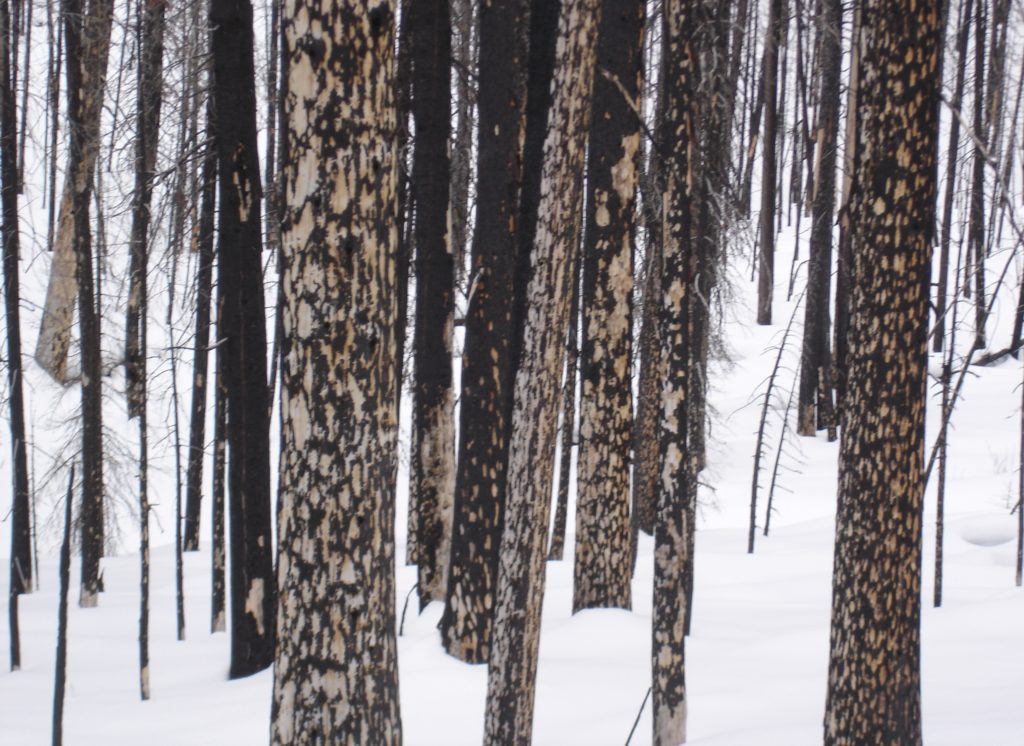

Forest Ecosystem Health. Tree density has only a tangential relation with forest health, it should be noted. We must also consider the additional notes sung by songbirds, the scents of wildflowers, the flowing of grasses in the wind, splashing of native fish in creeks, creeping of predators, and fungi breaking down the fallen. None of these presences are mentioned by our concerned academics from Wesleyan University.
The authors also fail to mention that past Forest Service and timber industry alternatives for all eleven Southwest Forest Plans, ridding the forest of an over-abundance of water-soaked mega-flora would also, according to the Center for Biological Diversity, cause declines in northern goshawks, sharp-shinned hawks, Mexican spotted owls, flammulated owls, southwestern willow flycatchers, and sensitive aquatic species (USFS 1995). Thus, forest thinning done in the manner of industry prescription will have consequences.
Water Scarcity and Those Nasty Trees
The authors go on to implicate “unnatural” trees with water scarcity in 39 states along with population growth, waste, hunger and contaminants. This, from a study called “Preparing for Climactic Change: The Water, Salmon, and Forests of the Pacific Northwest” [Mote, Parson, Hamlet, etc]:
“…Anthropogenic global climatic change (includes) warmer, drier years, often associated with El Niño events and/or the warm phase of the Pacific Decadal Oscillation, tend to be associated with below-average snowpack, streamflow, and flood risk, below-average salmon survival, below-average forest growth, and above-average risk of forest fire.”
Seems the drying should be linked to a warming of the atmosphere from anthropocentric climate change, not “unnatural forests.” It seems our Wesleyan lecturers are inflating the forest’s role in the drying of our world. But, to what end? Why would they want to blame our forests for stealing the water, when the truth is, forests cause rain to fall.
The Biotic Pump Theory. Some forested regions may produce conditions that lead to heavy rainfall, a sort of “biotic pump” associated with rainforests like South America’s Amazon Basin. From Scientific American:
A vast forest such as the Amazon draws in large amounts of water vapor. Evaporation and condensation of the acquired water lead to a local atmospheric pressure drop. That decrease causes rain and attracts more water vapor to the forest, in a continuous positive feedback loop. “This theory could explain why continental interiors with huge rain forests remain so moist,” says Wildlife Conservation Society researcher Douglas Sheil, who in an April Bioscience paper revived the biotic pump model, originally proposed in 2006 by Anastassia Makarieva and Victor Gorshkov, both at the Petersburg Nuclear Physics Institute in Russia. “It could also underline the dangers of widespread deforestation.”
While some may argue with the biotic pump theory, with the trees cut down, they no longer intercept and soak in the rain, associating them with reduced atmospheric moisture. Deforestation is also implicated with declining rainfalls and weakened monsoons in the Sahel, West Africa, Cameroon, Central Amazonia and India.
Water Vapor and Rain. Our Wesleyan researchers posit that a thicker canopy would intercept more rain and snow, returning it to the sky as vapor. They ignore that this vapor stimulates more rain rather than floats away.
As well, their thinning of the forest of skinny excess trees sounds interesting, but who’s counting? Who measures the skinny ones? What roads and infrastructure access the trees with what sort of machinery?
Some forests could be managed properly with a measure of cutting back on small trees while protecting the largest ones. Unfortunately, in all too many cases, oversight of remote logging operations is scant, with little budget for moderators in the field, so companies are free to cut. Additionally, casting tree-thinning amid the warm glow of water scarcity, sounds like a timber industry excuse to begin cutting.
What About Overgrazing, Overpopulation, Climate Change, Logging?
Have Ms. Poulos and Mr. Workman considered the impact of overgrazing of domestic livestock as a threat to forest health and water flow? Again, according to Kieran Suckling from the Center for Biological Diversity, native grasses are a keystone species in Ponderosa pine ecosystems, preventers of erosion, water infiltrators, providers of wildlife habitat, fires suppressors, and preventers of excessive tree establishment. Where are limitations on grazing when considering forest health-water scarcity?
The climate warms, with too many thirsty people here and there, while cattle chomp down the keystone grasses, causing forest ecosystem imbalance and wildfire. Have we mentioned the pine bark beetle that has left entire Rocky Mountain hillsides rusting and dying in the breeze, drying out the land and waiting to ignite in the heated winds? What about logging operations that generate slash piles of unused limbs, tree tops and small trees susceptible to wildfire?
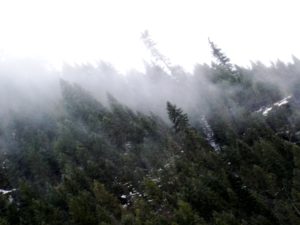

Ecological Steps to Reducing Wildfire and Improve Water Retention
- The Center for Biological Diversity suggests the following:
-Development within fire-prone natural lands should be discouraged.
-Fire-protection funding and incentives should be provided to encourage retrofitting or remodeling existing homes and the creation of defensible space in the immediate vicinity of communities and homes. Funding should also be provided to purchase and conserve private land in fire-prone areas.
-Vegetation management for fire protection should be focused near the edge of communities and homes, not remote areas.
-In certain situations, forests should be restored and managed by thinning small trees and shrubs, while protecting large valuable wildlife trees and snags.
-Management Plans should include prescribed burning (where applicable) and removing grazing.
The Center works to establish restoration principles for forests and damaged riparian and wetland ecosystems across the West. Restoration is no substitute for preservation, but as more and more wilderness disappears it is crucial that effective standards and technologies be devised for restoring ecosystem functions to ensure the survival of animal and plant habitats. Programs include:
(1) compel restoration of important and critically degraded ecosystems
through policy, advocacy and litigation;
(2) develop ecological principles and frameworks for the restoration of
Western forests through hands-on research and scientific collaboration; and
(3) organize the environmental community to unify in the adoption of
restoration principles that can guide federal restoration policy.

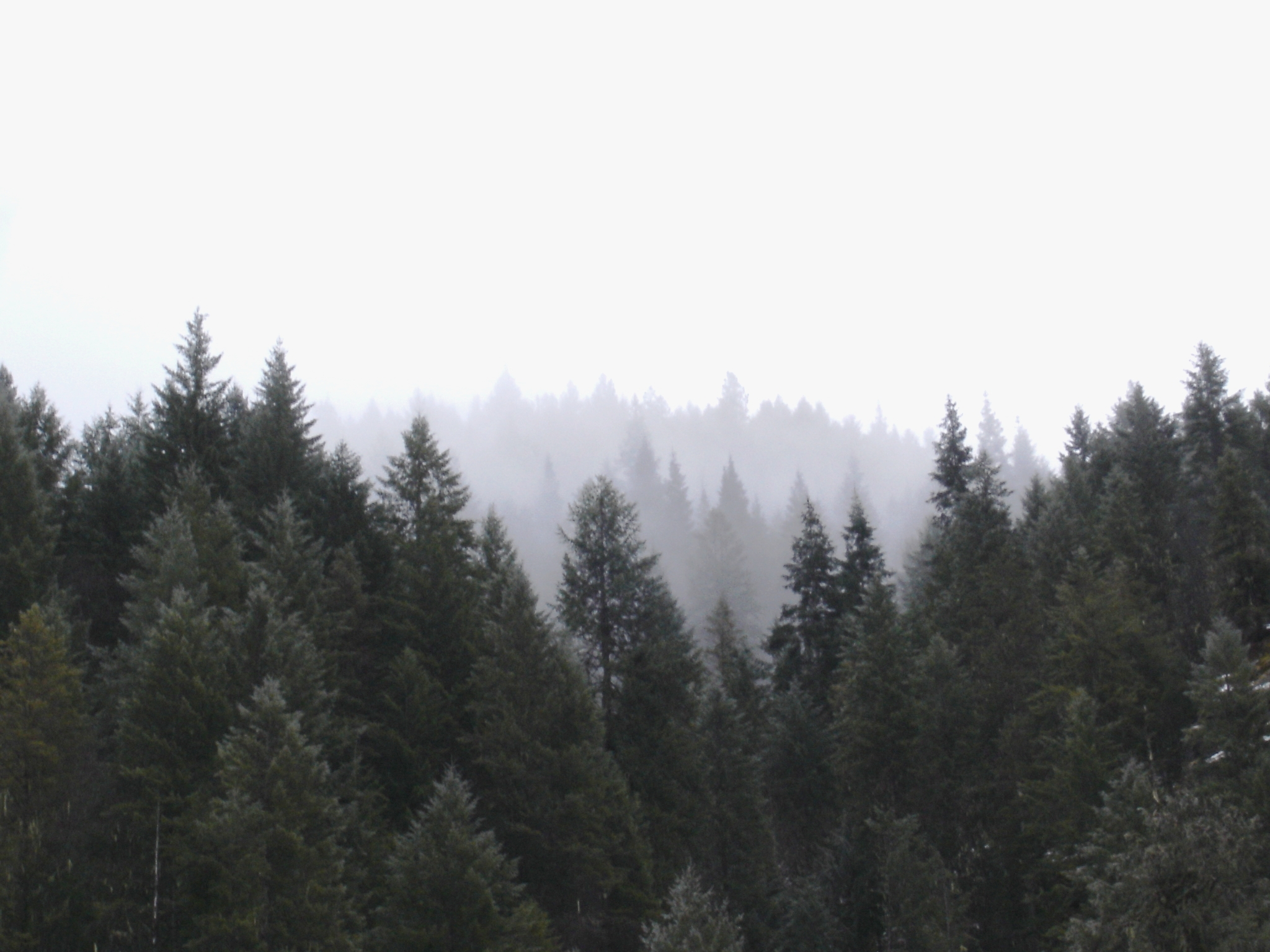


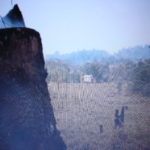
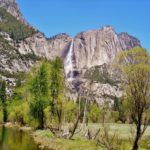
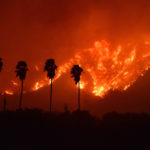
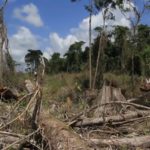






Well said Jack. I wrote a letter to the Times. I’ll post here if they don’t end up taking it.
Folks with the same kind of perspective tried to promote the mastication of chaparral to increase stream flow several decades ago. It’s amazing to what lengths the vegetation “management” community will go to increase their ability to grind up the natural landscape.